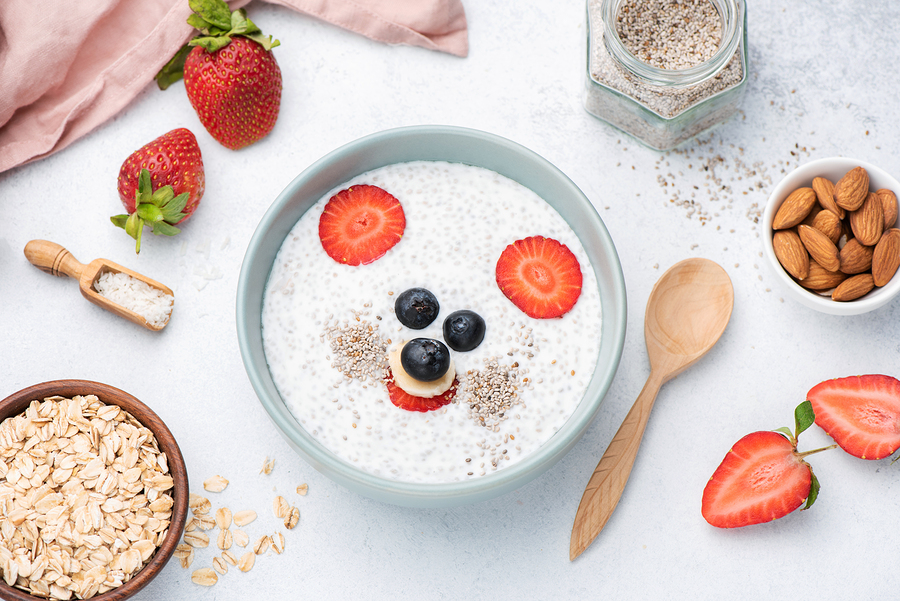If you’ve been told by a holistic health physician that your child needs to follow a dairy-free diet – don’t panic! Today, there are numerous healthy and delicious dairy-free options. The first thing you will want to be clear about is if the dairy-free recommendation is due to lactose intolerance or to a dairy sensitivity. The two share similar symptoms but are very different conditions. Some children will have one, but many have both, and the approach to each is different. If you are unsure which condition your child has, double check with your doctor.
Lactose intolerance means that your child cannot digest milk sugar (lactose). It is a very common condition and you will see many dairy products, including milk, yogurt, butter and others, labeled “lactose free” or “safe for lactose intolerance.” A dairy sensitivity or allergy means that your child has difficulty digesting milk protein (whey, casein).
In either condition, symptoms can include, among other things, abdominal cramps, bloating, nausea, constipation or diarrhea, vomiting, rash, sinus infection, and respiratory distress. In some cases, the child is at risk for a life-threatening anaphylactic reaction that can shut down the child’s airways – immediate medical attention is necessary.
Once your physician has diagnosed the type of allergy/intolerance, together you can create a plan for finding dairy-free substitutions in order to keep your child deliciously nourished. Here are a few suggestions:
Choose Vegan Foods. Vegan foods are dairy-free, as well as meat-free. Selecting vegan foods is a great way to enjoy a variety of flavors that are free from all sources of dairy.
Try Alternatives to Milk. These days the dairy aisle has a new neighbor: a dairy-free section with a variety of alternative products made from rice, soy, almond, cashew, walnut, hemp, and coconut. The selection of products includes cheese, “milks”, ice cream, cream cheese, and yogurt to name a few. Also, Kosher products labeled Pareve do not contain dairy. Different brands of these alternative dairy options will vary in consistency, flavor, and nutrition profiles. Experiment with several to find those that best suit your family’s needs. As with other dairy products, keep an eye on the sugar content by reading labels.
Choose More Fresh, Whole Foods. Get your kids in the habit of eating in-season, organic, fresh fruits and vegetables.
Your physician will have other tips specific to your child’s needs. It’s important to follow your doctor’s advice for making these changes easy and enjoyable for your child. Eventually, they won’t miss dairy at all.
Resources
“10 Tips to help you go Vegan and Dairy-free.” Accessed 8 Aug 2019: https://www.veganfoodandliving.com/10-top-tips-to-help-you-go-dairy-free/

